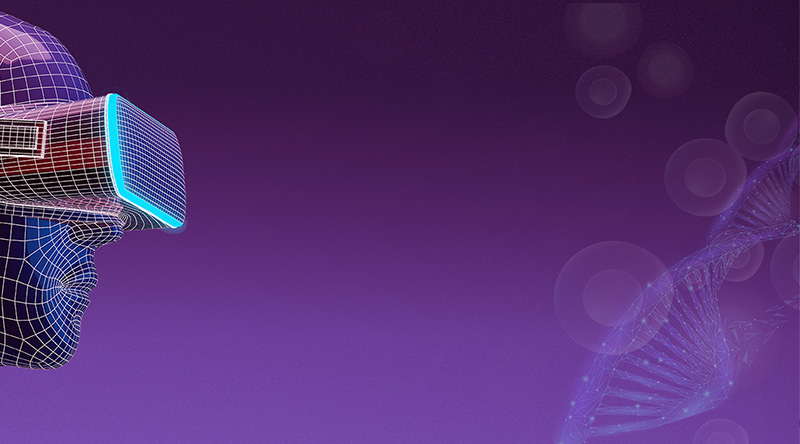Embracing New Realities
While a conclusive ‘end’ to the pandemic remains elusive, the transition to a post-pandemic economic model has been defined by a mass ramp-up of various means of digital communication. Digital training tools are one such solution, often allowing companies to effectively prepare employees for the job before they even set foot on-site. While these tools can take on many forms, of particular prominence are augmented reality (AR) and virtual reality (VR) visualization technologies.
Benefits of visualization technologies
Manuel Reyna, a sales executive at Rockwell Automation, notes how AR has served as a democratizing tool, taking art and techniques from experts that are otherwise incredibly difficult to learn.
“In the industrial space, people are trained so they can perform a job in the real world. This is where AR shines, as the same training content and help can be available in the context of the job being performed,” says Reyna. “Whether it is faster time to proficiency or just helping anyone perform a job as an expert will result in the reduction of [cost of goods sold], increased throughput, and reduction of the mean-time-to-repair.”
Brian Duncan, COO of Quality Executive Partners (QxP), a life sciences consulting company that aids clients via digital training, had similar thoughts on the topic. Duncan stresses that while non-interactive training, reliance on current staff, and “on-the-job” training will never fully disappear, it is not as quick or effective as visualization tools.
“What is now possible is the deep integration of educational instruction through VR immersive programs with active automated coaching and validated randomized testing to quantify learning effectiveness,” says Duncan. “Having VR as an integrated learning platform provides holistic solutions that can help ensure educational objectives and training ‘sticks’, reducing training time and human error.”
Both men noted that while the pharma industry has trended toward automation where possible, advanced therapies are largely reliant on manual operation. Visualization technologies provide an avenue to impart this knowledge to new employees without relying on existing staff, who may or may not be suitable—or available—to provide it.
“Imagine being tasked to document a complex assembly procedure for someone else in another country to replicate it,” says Reyna. “How would you capture it on paper? What happens if the expert or the trained personnel leave?”
Acclimation challenges
While adopting these digital training tools is appealing in terms of efficacy, Duncan notes that many companies struggle because they develop VR technologies to train employees on specific modes of actions on company specific equipment or processes. While this may seem natural, given the quickly evolving nature of the industry, significant company resources will be needed to keep the modules updated to current standard operating procedures (SOP) and equipment configurations. Putting an overemphasis on the transactional aspects of one’s job can result in sacrifices for amore comprehensive education on the position.
However, if the appeal of visualization technologies is in how they can give a remote hands-on experience, how does one realize these benefits without causing a significant company brain drain? One solution is to collaborate with consulting companies, such as QxP.
“Ultimately, novel technologies must further learning objectives and satisfy operational needs, which frequently require non-traditional learning modalities to get the most out of the technology,” says Duncan.
Alternatively, one can go directly to the manufacturer, who often have the capacity to dedicate more resources toward various digital training technologies.
A vision for the future
While the associated cost might result in some skepticism toward the realized benefit of these technologies, their future in life sciences nonetheless remains bright. “In some processes, automation adoption will speedup, with the development of vertically integrated production. In this scenario, operators will become automation technicians, requiring a much stronger understanding of operating principles and automation data,” says Duncan. “Other parts of the industry will have increasingly complex processes that will have heavily manual processes, where dexterity of the technician will be paramount. In both scenarios, training and education will be vital.”
Reyna has lofty expectations for the future of visualization technologies. For instance, he believes that one day companies equipment manufacturers will provide their equipment with VR/AR content instead of written materials. He also predicts that cognitive AR will develop to a point where software will be able to learn how tasks need to be performed and help workers perform it the same way.
“Companies that adopted digital training technologies and experienced the benefits will continue to expand it,” says Reyna. “[We] won’t go back to the old ways of doing things.”

































.jpg)


.jpg)

.jpeg)

.jpeg)

.jpeg)

.jpeg)



